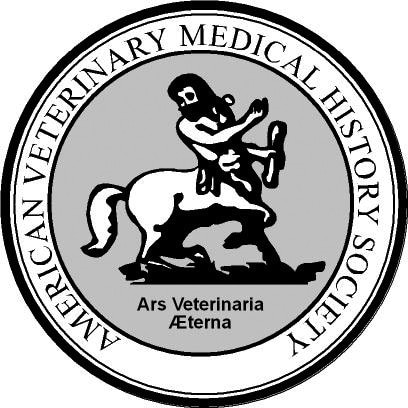 Exciting changes are happening at the nearly 1,000 organizations taking part in the StEPs program (Standards and Excellence Program for History Organizations).
Exciting changes are happening at the nearly 1,000 organizations taking part in the StEPs program (Standards and Excellence Program for History Organizations).
Our “StEPs Spotlight” blog series highlights accomplishments by participating organizations.
Below is another example of how StEPs is helping organizations take a leap forward by improving policies and practices, opening lines of communication, and setting goals for a bright future.
Lillian E. Jones Museum
Jackson, Ohio
Opened in 1995, the Lillian E. Jones Museum is a resource for the entire Jackson County community, fulfilling Miss Jones’s dream of an historical, cultural, and educational museum in her family’s former home, in loving memory of her parents Edwin and Lola Williams Jones. The Jones Museum offers at least four themed exhibits each year inside the main building, while also maintaining a large and eclectic permanent collection that includes photographs, portraits, local historic newspapers and yearbooks, genealogical material, and more. With one paid staff member and several rotating volunteers, the Jones Museum has been working through the StEPs program since 2016 when they first joined AASLH.
Tell us how your organization is making its way through the program.
The Jones Museum is working on one section at a time. We are starting with Basic level but focusing on projects that meet the Good level. The Director is working with Ohio History Service Corps AmeriCorps member on the workbook content. We meet once every other week to work on StEPs, but lately every week as we finish up Audience.
What would you say is the most significant change or improvement within your organization as a result of taking part in StEPs?
The most significant improvement so far has been updating the Collections Management Policy, which includes implementing new conservation and preservation techniques for the collection. The Jones Museum has worked on collecting information from visitors, with positive results, and it is always good to hear feedback. StEPs has also allowed the Director to work with an Ohio History Service Corps member, which has meant many small positive changes in the process. A recent example was helping with an exhibit and basing content off of indicators from the Interpretation section of StEPs.
Which section of the workbook has been your favorite, and why?
Collections. Many of the indicators are things that can be put into effect immediately, so it’s easy to see the results.
What advice do you have for organizations just starting in StEPs?
The workbook is big, but it’s not daunting. The indicators will often be things that your institution has worked on before: StEPs just organizes objectives in a linear fashion that makes them easy to work on.







